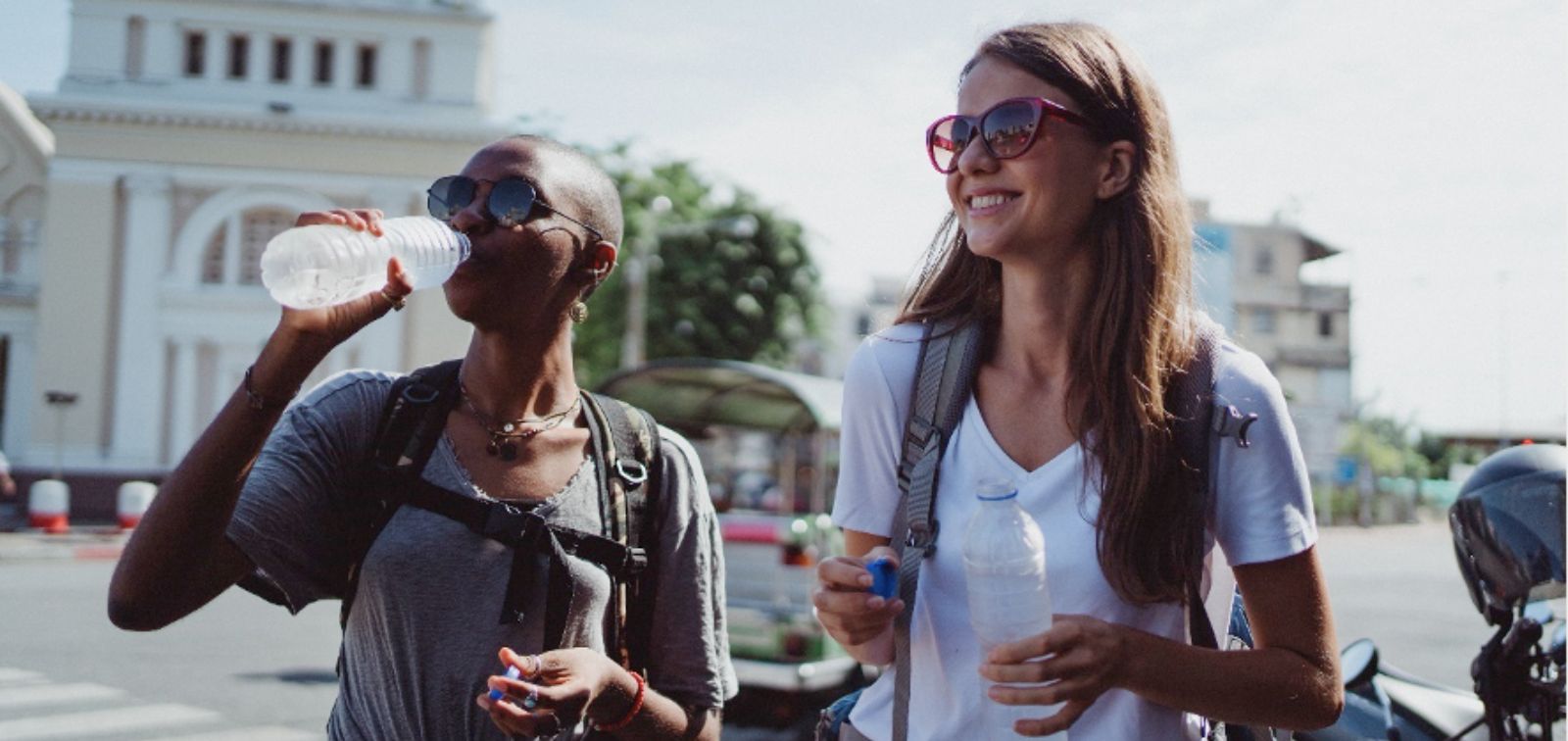A High-resolution Methodology Allows Quantification of Micro- and Nanoplastics in Water
The technique, developed by IDAEA-CSIC, quantifies the total mass of plastic particles in a robust way, representing a breakthrough in the assessment of human exposure
15.01.2024
The impact of micro- and nanoplastics on human health is becoming a growing concern worldwide. The complexity of the materials, their small size and methodological constraints mean that their analysis, and therefore regulation, is limited. A new study, led by the Institute of Environmental Assessment and Water Research (IDAEA) of the Spanish National Research Council (CSIC) in collaboration with the Barcelona Institute for Global Health (ISGlobal), a centre supported by the "la Caixa" Foundation, has developed a high-resolution methodology that makes it possible to quantify the amount of micro- and nanoplastics in water bottled in plastic. Extremely small plastic particles have been quantified, between 0.7 and 20 micrometres (µm), as well as the chemical additives released into the water. The results show an average concentration of 359 nanograms of micro- and nanoplastics per litre of water, an amount comparable to that found in tap water in a previous study by the same group.
"Most studies quantify micro- and nanoplastics as the number of particles in a given volume," says Marinella Farré, researcher at IDAEA-CSIC and co-author of the study. The methodology used in this study, based on liquid chromatography coupled with high-resolution mass spectrometry, makes it possible to quantify them by mass units. "This method is a breakthrough because we can quantify particles of different shapes and extremely small sizes, which is not possible with other techniques," she says.
The team analysed 280 water samples from 20 commercial brands of bottled water, looking at 1.5-litre and 0.5-litre bottles. Based on an adult drinking 2 litres of water per day, the authors estimate an intake of 262 micrograms of plastic particles per year. "The European Food Safety Authority does not set a limit for the maximum safe intake of micro- and nanoplastics. However, our methodology is key for future directives to set this limit, taking into account the mass of the polymer and not the number of particles," says IDAEA-CSIC researcher and study co-author Marta Llorca.
Comparing the results of this study with a previous study by the same group, which analysed tap water in Barcelona, reveals that the concentration of micro- and nanoplastics is similar. "The main difference we found is the type of polymer: in tap water we found more polyethylene (PE) and polypropylene (PP), while in bottled water we found mainly polypropylene terephthalate (PET), but also polyethylene," says Cristina Villanueva, ISGlobal researcher and co-author of the study. "However, we cannot overlook the enormous environmental impact of bottled water, especially due to the huge production of plastic waste," Llorca points out.
The study also found 28 plastic additives in the bottled water samples. These chemical compounds are mostly stabilisers and plasticisers that are added to the main plastic polymer to make it stronger, harder or more flexible. However, they can migrate from the plastic itself into the water and are highly toxic to cells. "Our toxicity study showed that three types of plasticisers pose a higher risk to human health and should therefore be taken into account in risk analyses for consumers," concludes Farré.
References
Albert Vega-Herrera, Maria Garcia-Torné, Xavier Borrell-Diaz, Esteban Abad, Marta Llorca, Cristina M. Villanueva, Marinella Farré. Exposure to micro(nano)plastics polymers in water stored in single-use plastic bottles. Chemosphere (2023): doi.org/10.1016/j.chemosphere.2023.140106.
Albert Vega-Herrera, Marta Llorca, Xavier Borrell-Diaz, Paula E. Redondo-Hasselerharm, Esteban Abad, Cristina M. Villanueva, Marinella Farré. Polymers of micro(nano) plastic in household tap water of the Barcelona Metropolitan Area. Water Research (2022): doi.org/10.1016/j.watres.2022.118645



